This is an amazing tree that gives us so much. There are over 500 different species of olive and the trees have grown throughout the Mediterranean regions for thousands of years. They were cultivated by the Minoan people living on the island of Crete (2700-1200 B.C.)
Their height is usually reduced for easier cultivation but if left they can grow to a majestic 15m or more and survive for several centuries.
The trees have a natural resistance to most diseases and recover well from heavy pruning or even fire damage.
Almost all parts of the olive tree are beneficial to mankind except the pollen, which an increasing number of people have a sensitivity to and several hundred even to the point of needing hospital treatment each year.
The olive wood is used to make bowls, plates, spoons and ornaments and is still a very important fuel for home use.
The olive branch is a worldwide symbol for peace.
The leaves of the tree can be made into a tea and have medicinal uses.
The olives and their oil are very valuable and the world market for these products increases as we become more aware of their health-giving properties.
Olives and Olive Oil are
- rich in the mono-saturated oleic acid 55-85% an omega-9 fatty acid. It has been shown to reduce LDL Cholesterol and raise HDL the protective Cholesterol.
- contains the polyunsaturated fats linoleic (9%) and linolenic (0-1.5%)
- contains good amounts of Vitamin E anti-oxidant
- contains vitamins A, B1, B2, B3, C (3%), E and K
- contains minerals Calcium, Phosphorous, Iron, Sodium & Potassium
- contains flavenoid polyphenols which have been shown to heal sunburn, lower B/P, Cholesterol and risk of heart disease. There are 5mg in every 10g of olive oil. Many other nut and seed oils have no polyphenols.
- contains phyto-oestrogen
- The combined anti-inflammatory effect of these ingredients have also been shown to protect against colon cancer and breast cancer.
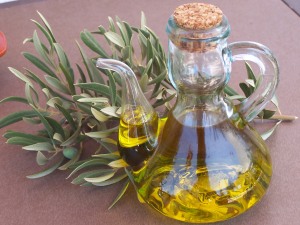 OLIVE OIL
OLIVE OIL
Some of the main oil producing varieties
In Greece – koroneiki and mastoidis
In Italy – caratina, frantoio, leccino and moraiolo
In Spain – arbequina, cornicabra, emeltre, hojiblanco, lechin and picual
In France – aglandau, picholine and tanche
There are many other varieties that can be grown in countries of the Mediterranean
like Turkey, Portugal, and around the world like China, Brazil, Australia, New Zealand and the USA.
Some producers still harvest the oil with screw or hydraulic presses where the olives are reduced to a paste by crushing and separated from the pits and then pressed. The first cold pressing that has been allowed to drain naturally can be slightly cloudy and is called “Fleur d’huile”. Apparently Spain’s best is Nunez de Prado from Baena Province. Cold pressed, according to EU. regulations means the paste has to be kept under 27C (80F). This is now an almost obsolete term as the vast majority of oil is made in continuous centrifugal presses and there is no second pressing. To obtain a good yield the paste needs to be warmed to about room temperature but not heated too much as that would degrade the flavour and that would be less profitable. The first pressings of oil contain components in suspension, the particles that give olive oil its most therapeutic properties.

Extra Virgin Olive Oil is one of the few oils that can be eaten without chemical processing. It is not an oil that should be used for general cooking. It is for salads, mayonnaise, and just enjoying on fresh bread etc. Top quality Extra Virgin oil must have less than 1% acidity. There is a growing interest in oils made from a single variety of olive. Some of these have amazing flavour and need nothing more than a chunk of fresh bread, some olives, Serrano ham or quality cheese for a wonderful lunch.
Virgin Olive Oil has to have an acidity of not more than 2% but is also made using only mechanical or physical means and at temperatures that do not alter the oil in any way. This should also have a good flavour and the degree of acidity refers to the free fatty acids, not to the taste.
Pure Olive Oil or Olive Oil usually a blend of refined and virgin oil, up to 1.5% acidity but usually lacking a strong flavour.
Aceite de orugo is oil extracted chemically from the left- over paste. It might then have about 15% Virgin Oil added for the flavour. Not often sold at retail but used in food processing or certain forms of cooking.
Refined Olive Oil is made from oil that has a high acidity or defects which can be eliminated by refining with charcoal and other chemical and physical filters. It has an end acidity of not more than 0.3%
The grading of Olive oil in the USA is as below:
Grade A – US Fancy with fatty acids not more than 1.4%
Grade B – US Choice with fatty acids not more than 2.5%
Grade C – US Standard with fatty acids not more than 3%
Grade D – US Substandard with fatty acids not more than 3% that fails to meet the requirements of C
Denominacion de Origen ( D.O.)
As with the wine system, the best olive producing areas are given D.O. status and the quality of their products is carefully regulated.
Olive Oil products include soap, shampoo (which is good for dandruff and also for treating head lice), bath oils, face creams, nail soaks and treatments for psoriasis, eczema and acne.
The Fruit of the Olive tree – Olives.
Olives are harvested from September to October for green olives and November to February for the ripened black olives. Olives cannot be eaten straight from the tree as they are extremely bitter and they need either chemical or soaking treatment followed by storage in brine, vinegar or oil. Olives vary in flavour depending on type and treatment. If you have tried some and not liked them please don’t give up! I hate the ones that have been in vinegar or strong brine but if re-bottled in a good olive oil with flavourings such as sprigs of Rosemary, coriander seeds and garlic or preserved lemon they can be delicious. Olives have many health benefits. They contain over 80 nutrients including iron, vitamin E, copper and fibre. They offer beneficial anti-inflammatory effects helping with conditions like asthma, arthritis and they are high in anti-oxidants that can help to prevent heart disease, strokes and colon cancer.
Olive Leaf Extract
The Olive leaf has been known to have medicinal properties for thousands of years. The ancient Egyptian and Mediterranean cultures used the leaves to treat a variety of conditions. The leaf contains the anti-oxidants oleuropein and hydroxytyrosol, as well as polyphenols and flavanoids like Oleocanthal.
Olive leaf extract is used to fight viral infections and even the difficult to treat Epstein-Barr disease, shingles, herpes and yeast infections. Also good for the heart because of its ability to lower LDL Cholesterol and blood pressure. It is used to boost the immune system, treat chronic fatigue syndrome, maintain normal DNA repair and boost energy. It can also reduce blood sugar. There is some evidence that it can help in cancer treatment and it may be contained in herbal tinctures. It sounds like it could be helpful in treating Swine Flu and the post viral fatigue that follows it.
Side Effect because the lowering of blood pressure and blood sugar can be significant Olive leaf extract should be taken with caution by anyone who is on medication for either condition or by people who naturally have low blood pressure or low blood sugar problems.
To make Olive Leaf Tea
Simmer a handful of leaves in a pan of water for 10 minutes and then strain off the liquid to drink as required. It is not a strong or unpleasant taste. You could add fresh mint, lemon or ginger according to taste.
Enjoy all this amazing tree has to offer.
If you like the photos in this blog and would like to see more from Spain please click here.

Like this:
Like Loading...
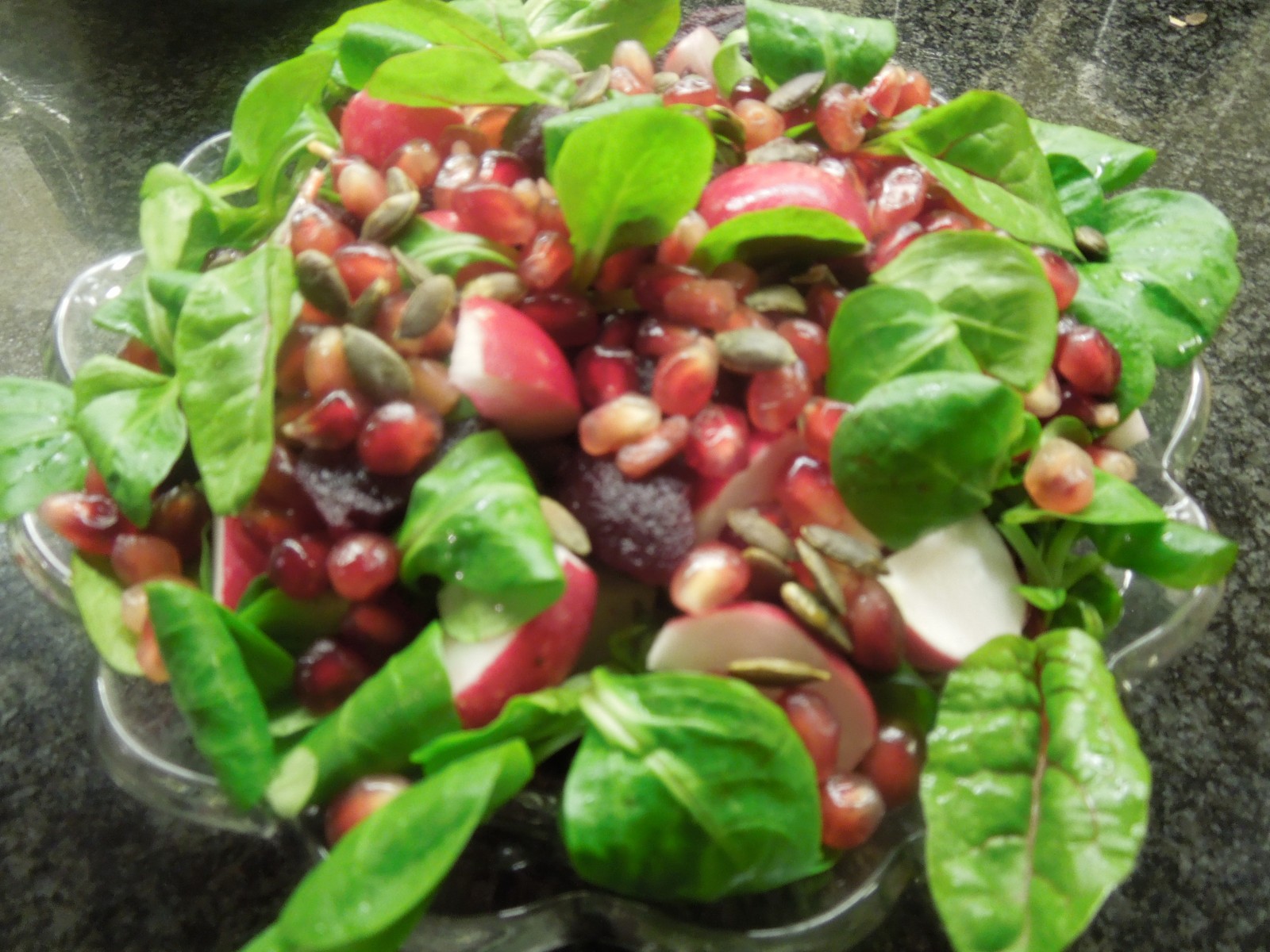





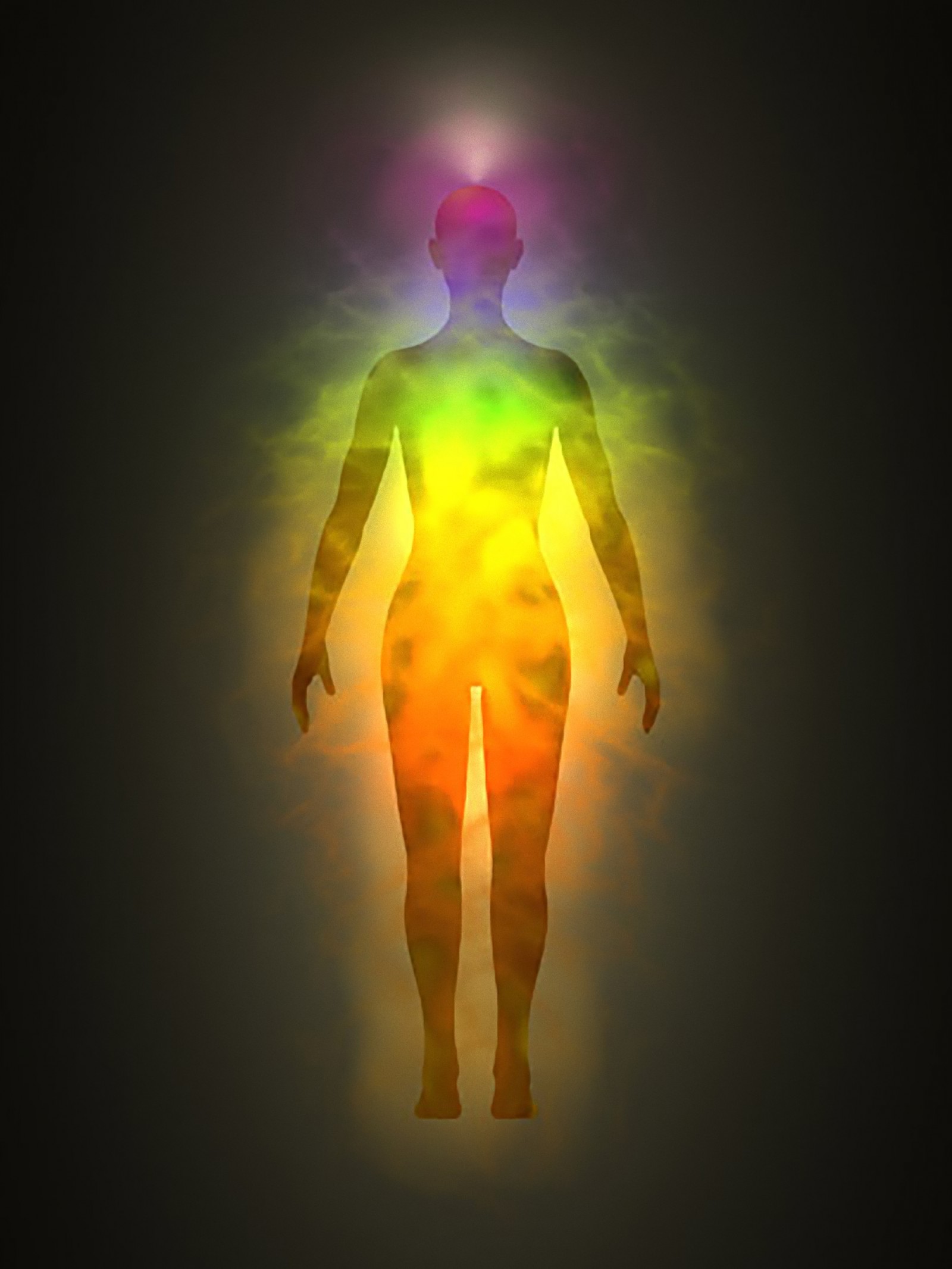

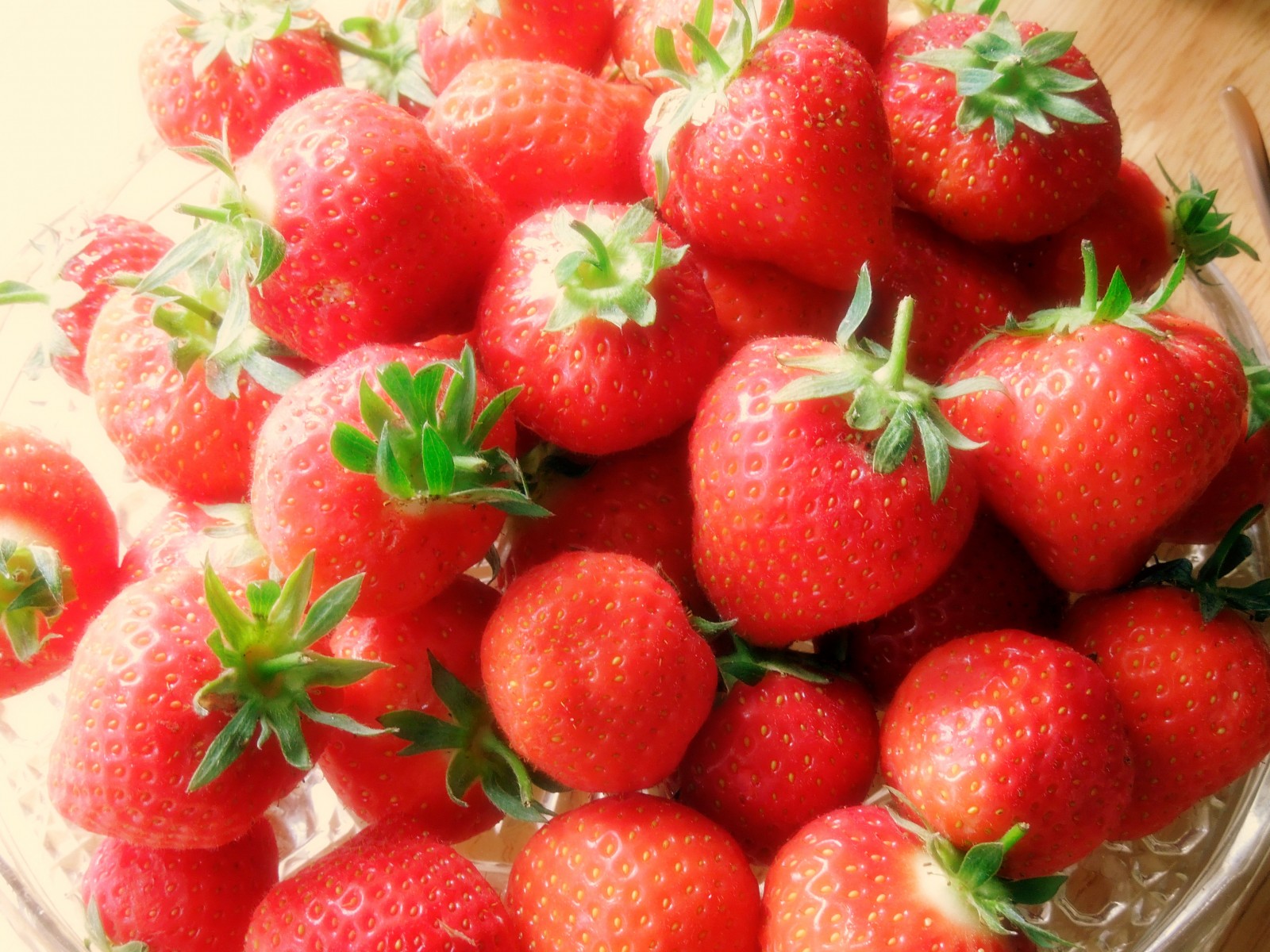
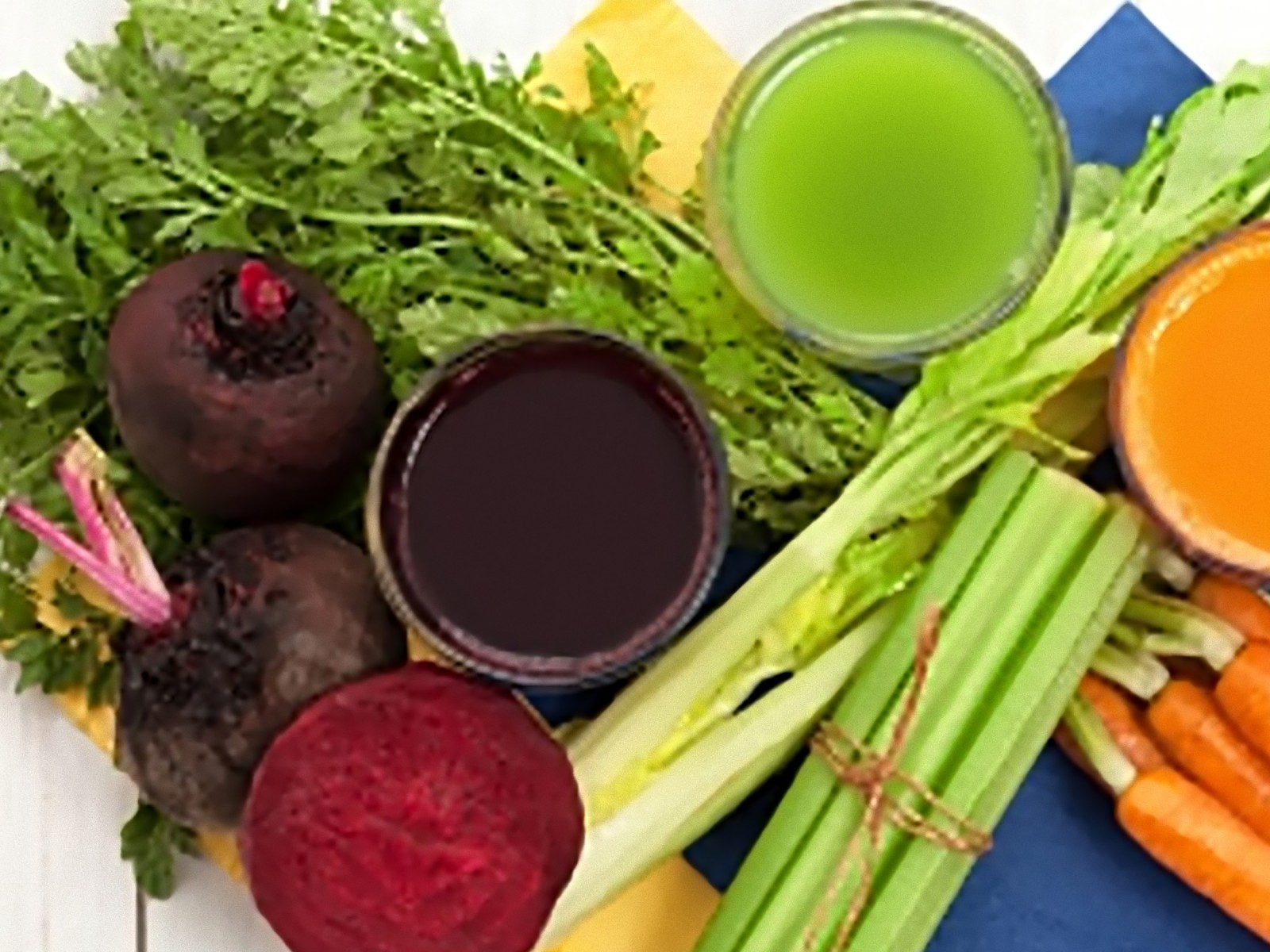
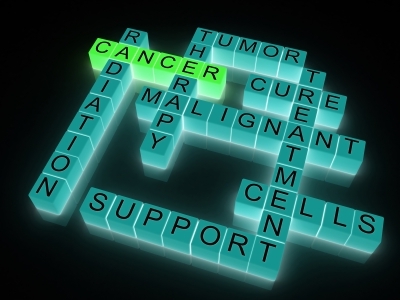

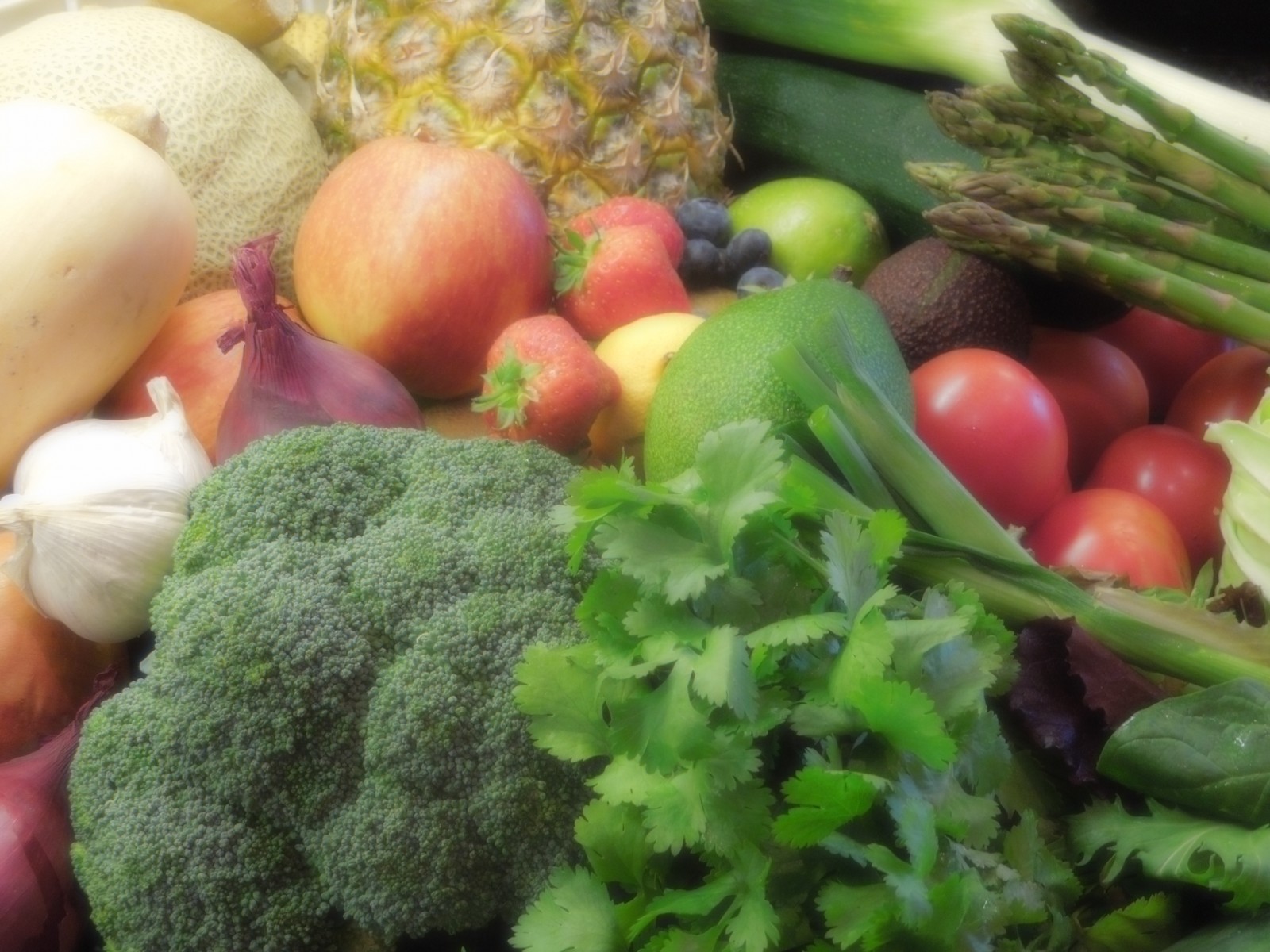

 OLIVE OIL
OLIVE OIL


